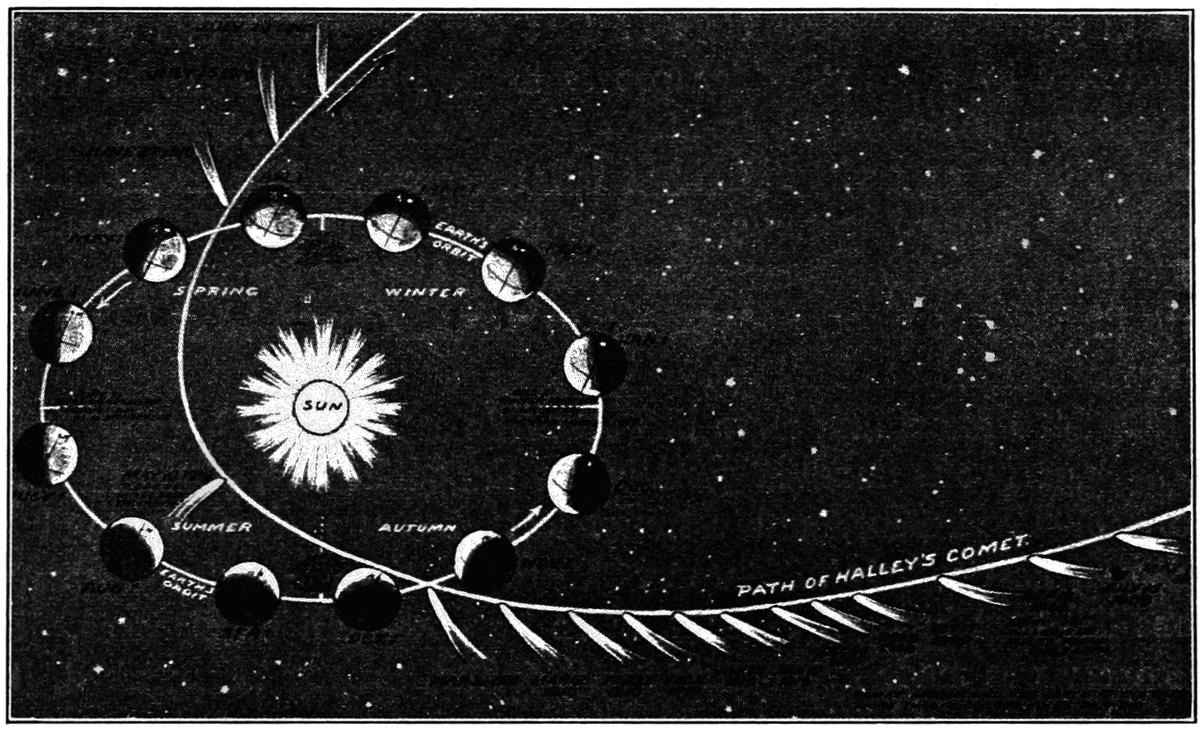A remarkable chapter in India’s astronomical heritage has come to light with the discovery of a 15th-century copper plate inscription at the Srisailam Mallikarjunaswamy temple in Andhra Pradesh. Dated to 1456 CE, this inscription marks the earliest known epigraphical reference to Halley’s Comet in Indian history. The find was announced by Dr. K. Munirathnam Reddy, Director of the Epigraphy Branch, Archaeological Survey of India.
A Glimpse into the Past: Details of the Inscription
Penned in Sanskrit and rendered in the Nagari script, the inscription records a grant issued by Vijayanagar ruler Mallikarjuna on June 28, 1456 CE—coinciding with the sighting of Halley’s Comet. It notably mentions both the comet’s appearance and a meteor shower, phenomena often regarded as ominous signs in ancient times.
Cultural Significance of Halley’s Comet in Indian History
In traditional Indian cosmology, comets were interpreted as portents of disaster. True to this belief, the inscription reveals that King Mallikarjuna responded to the celestial event with a pious act—offering a land grant to a Vedic scholar. This gesture underscores the ancient societal practice of using religious and scholarly patronage to counteract perceived cosmic threats.
Aligning Astronomy with Epigraphy
Halley’s Comet, known for its predictable reappearances, was indeed visible in 1456 CE, a fact corroborated by international astronomical records. While ancient Indian literature has long referenced comets, this inscription stands out as the first epigraphic documentation. According to Dr. Reddy, it demonstrates the sophisticated astronomical awareness during the Vijayanagar era.
The Scholar Behind the Grant
The beneficiary of this royal donation was a Brahmin named Limgaṇarya, presumably an expert in astronomy and Vedic studies. He was granted the village of Simgapura as an agrahāra—a traditional scholarly endowment. This act reflects the intellectual priorities of the Vijayanagar rulers, who actively supported learned individuals.
A Treasure Trove for Historians
This historic find emerged from an in-depth study of a set of 78 unpublished copper plates. Plans are underway to publish these documents in book form, offering scholars fresh insight into the political, religious, and scientific worldview of the 15th-century Vijayanagar Empire.



